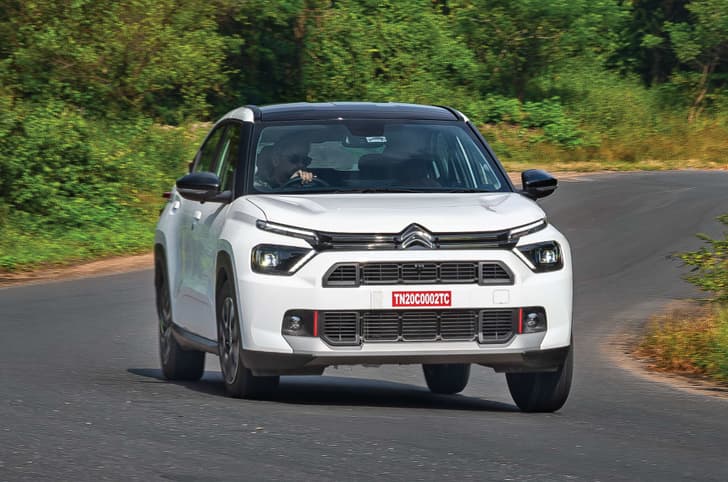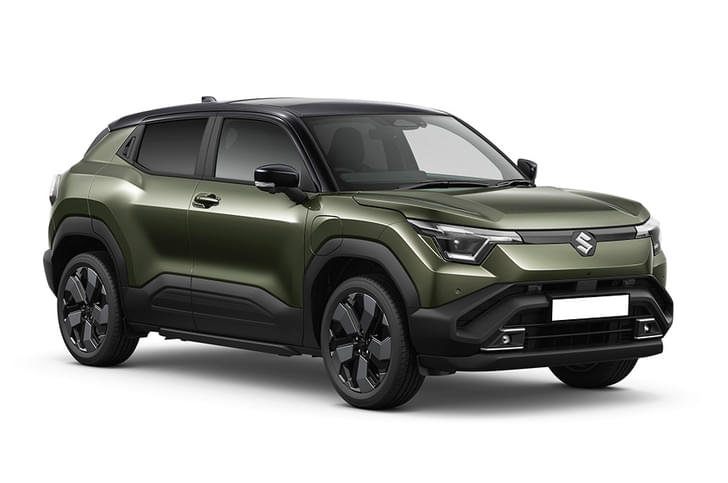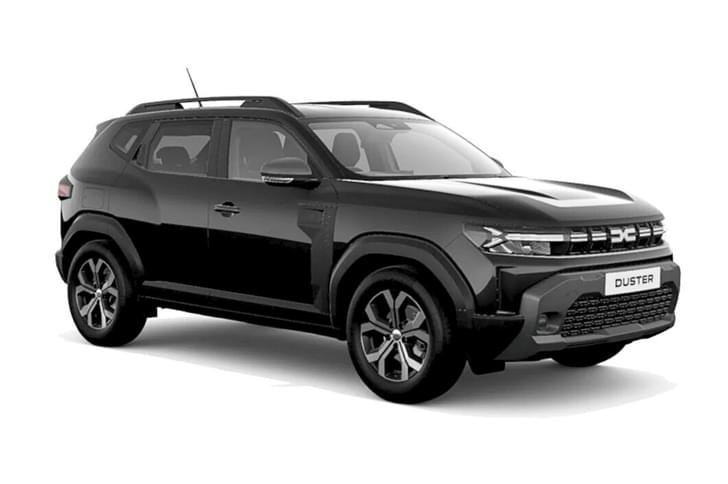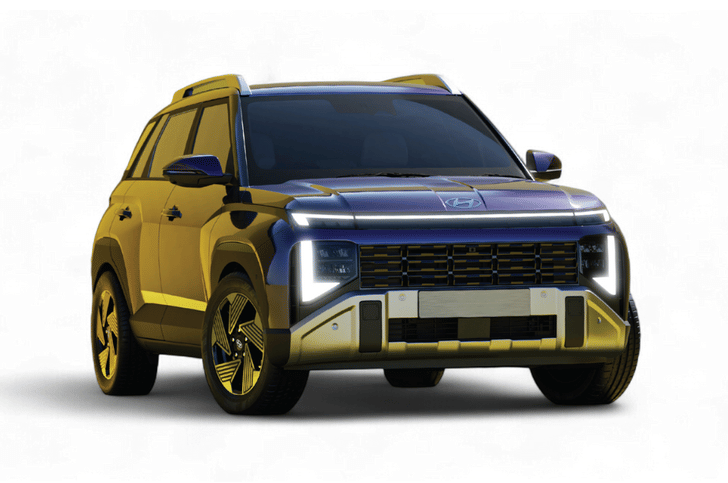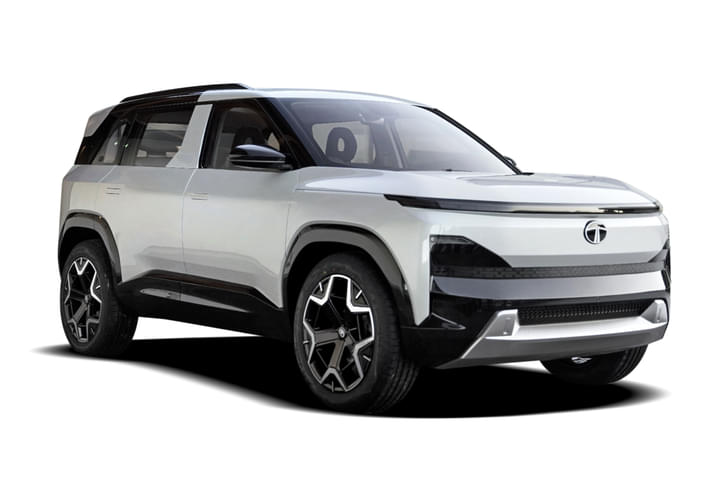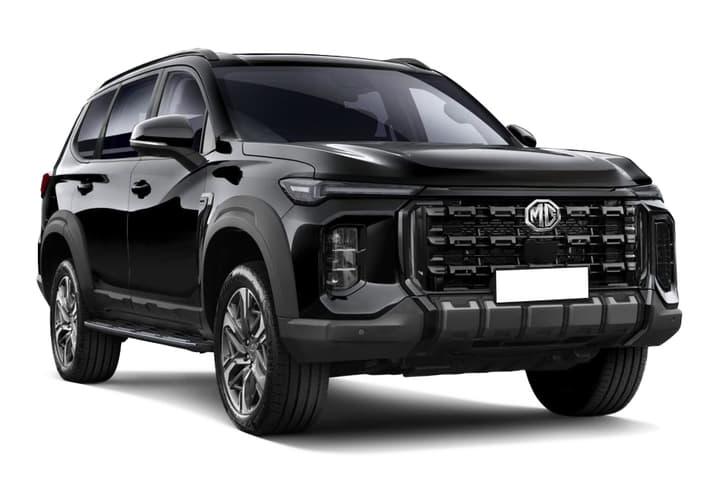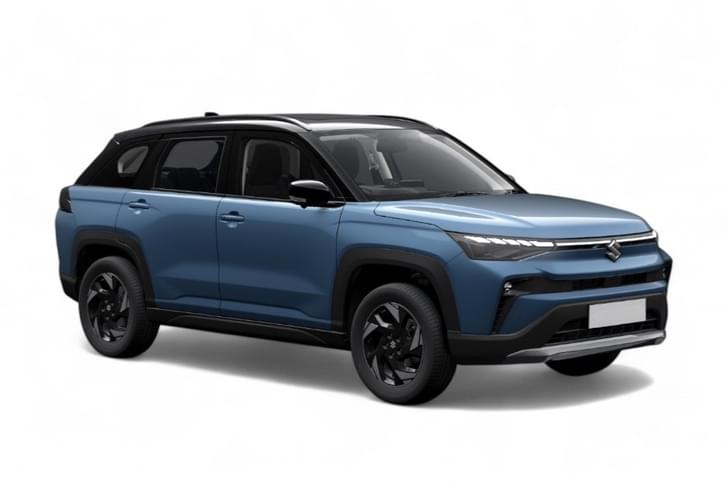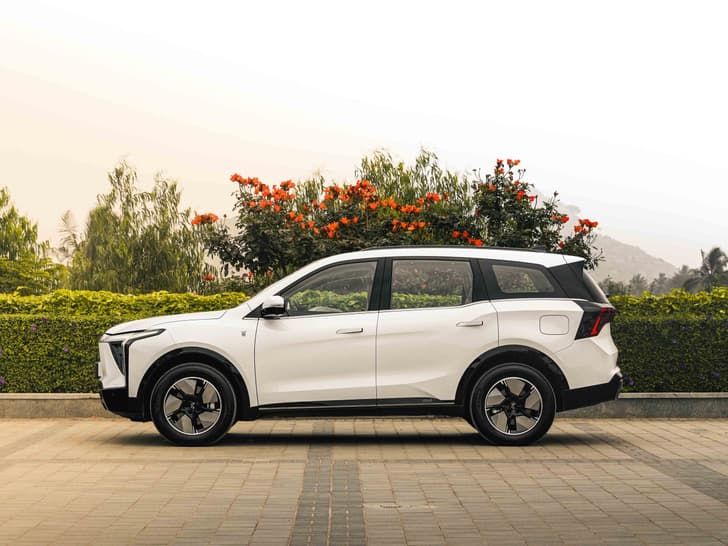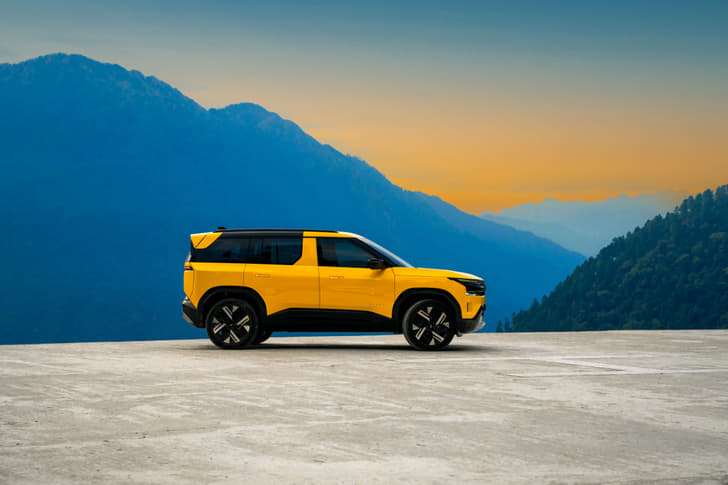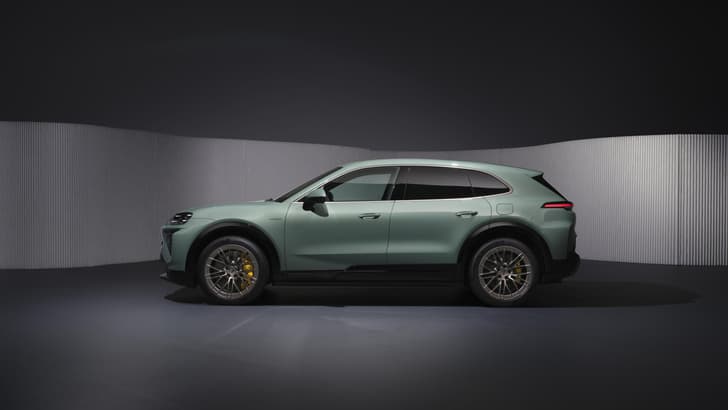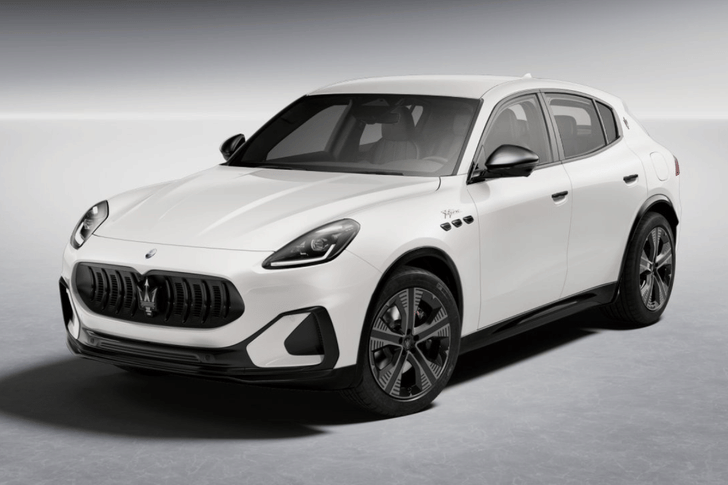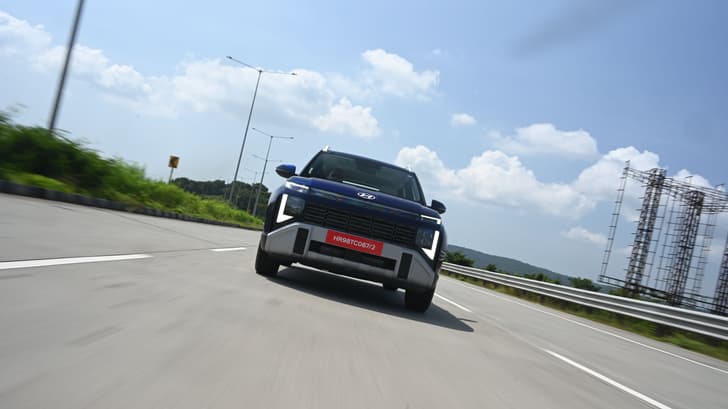Hyundai has a unique nomenclature for some of its Indian models. Over here, the international alpha-numeric model name is prefixed by a flattering, if unimaginative, adjective. So, the new i10 is called the ‘Grand i10’, and now the new i20 you see here has been christened the ‘Elite i20’. Hyundai wants to drive home the point that these cars have that little extra bit thrown in to make them special for the Indian market. Marketing spin notwithstanding, there’s no doubt that Hyundai has been pulling out all the stops with its recent launches, and the new i20 is no exception.
Built on an all-new platform that meets the latest global standards – as it has to sell in many developed countries – the i20 is now even bigger and more upmarket, rivalling many mid-size sedans for space, equipment and road presence. The new i20 shares little in common with the car it replaces, apart for the same 1.2-litre petrol and 1.4-litre diesel engines.
Not surprisingly, the i20 is more expensive than the earlier i20 if you make a spec-for-spec comparison. Prices range from a reasonable Rs 4.89 lakh to Rs 6.47 lakh (ex-showroom, Delhi) for the petrol models, while the diesels are considerably more expensive, ranging between Rs 6.10 lakh and Rs 7.67 lakh. What’s surprising though is that Hyundai has knocked off some of the equipment you’d have found on the previous top-spec i20. More on that later.
Sales of the previous i20 crashed by over 30 percent last year, and Hyundai is banking on the new one to generate fresh interest. But can Hyundai’s latest hatch win back buyers? We put both the top petrol and diesel models through our rigorous road test treatment to find out.
Hyundai tweaks its styling with each successive generation of cars, and the new i20 is the result of this thinking. The latest design version is dubbed ‘Fluidic Design 2.0’ – it’s not as swoopy as before and now gets milder creases and cleaner lines. The toned down but sharply cut styling, designed primarily for European tastes, works really well, and has a freshness that makes it look really contemporary.
The car looks best when viewed head on. The slim grille that sits above a larger, low-set hexagonal grille and the chrome-lined, swept-back headlamps look fantastic. This also brings us to the first missing feature you’ll notice. The old i20’s bright daytime running lights have gone, and what may look like LED strips within the lamps are just chrome inserts. Hyundai says, according to its research, customers like LED running lamps, but aren’t willing to fork out extra cash for them. However, we suspect that they’ve been saved for a mid-life facelift.
The flatter bonnet works as a visual trick to make the new i20 appear a lot wider than its modest 24mm increase in width would suggest. The new platform has also allowed the designers to push the wheels further out towards the car’s corners, increasing the wheelbase by an extra 45mm. Interestingly, the overall length is 10mm shorter than the old car and Hyundai had to shave quite a bit off the bumpers to comply with our ‘small car’ laws; in Europe, the i20 is over four metres long.
Speaking of length, the new i20’s silhouette is quite distinctive. The rising window line, bold shoulder line and that blackened C-pillar lending the car its unique look. Take note, however, the car you see here wears the 16-inch alloys found only on the top Sportz (O) and Asta trims. Every other trim is shod with much smaller 14-inch steel wheels that may appear dwarfed under those large wheel arches. The uncluttered boot lid looks classy and the shapely horizontal tail-lamps seem to have been inspired by the Alfa Romeo Brera. What looks a bit out place though is the small, protruding reversing camera.
Boot space has always been the i20’s forte and while it’s down by 10 litres from before, at 285 litres, it is still quite ample (the segment-best Polo has 294 litres in comparison) and the 60:40 rear seat split on the Asta variant increases versatility. On the downside, the loading lip is quite high, so hauling heavy bags over the rear bumper will require a fair bit of muscle.
The new i20 is just 15kg heavier than the old model. We say ‘just’ because this is a bigger car with substantially more metal. But a fair bit of that metal is lightweight, high-tensile steel which, apart from keeping weight down, has bumped up torsional rigidity.
Spread in front of the driver is a dual-tone dash that looks very busy with a surfeit of buttons. The large buttons that flank the display screen feel wonderfully damped, but the screen itself is disappointing, with its small display and basic fonts. The dials are large and easy to read and the multi-information display in between offers a wide range of readouts for various functions, but curiously, there is no fuel consumption readout or the very useful ‘distance-to-empty’ countdown.
What truly lifts the ambience of the cabin is the generous use of silver trim. The surrounds of the buttons, gear lever, audio system and steering boss have a fine silver outline that looks very premium. Look closely though, and you’ll find the dash plastics a tad hard and shiny. The roof lining too is a bit flimsy and the carpeting does have the odd crinkle. For fit and finish, the i20 can’t quite match the VW Polo, which has raised the segment benchmark with its recent facelift.
Speaking of benchmarks, the new i20 is easily the most spacious car in its segment. The well-bolstered and amply adjustable front seats make it easy to find a comfy driving position and the nicely crafted steering wheel sets the tone for the overall cabin quality. However, in terms of comfort, we did have mixed reactions about the foam density; some of us found the seats a touch too soft and lacking in lower back support. Also, while front and side visibility is quite good, the massive C-pillar creates blind spots large enough to hide motorcyclists, so you have to be a bit careful when reversing.
The wide-opening rear doors mean ingress and egress is easy. Once inside, rear-seat passengers won’t have any qualms about the space on offer – the longer wheelbase clearly helping here. Legroom is particularly good and the rear seat also scores well for good back and thigh support. However, the sloping roofline limits headroom for taller passengers and the bolstering on the seat’s outer edges hampers comfort when seated three abreast. Also, the slightly high window may limit visibility of shorter passengers.
For convenience, there’s lots of storage space. The central armrest doubles up as a storage bin, and especially useful is the bin in front
of the gear lever that has two 12V sockets and is large enough to hold any of the new crop of XXL smartphones. Mention must be made of the air-con system which gets a larger and more powerful compressor. The cabin cools very quickly and the auto climate control system regulates the temperature very effectively.
Feature-packed interiors are a Hyundai hallmark, and that’s quite evident in the new i20 as well. The top-spec Asta which we tested is handsomely kitted with equipment that includes automatic headlamps, push button start, automatic climate control, an eight-speaker audio, Bluetooth connectivity and a rear-view camera. However, features such as rain sensing wipers and the sunroof available on the previous i20 have been shelved. Also, though the Asta variant has keyless entry, only the driver’s side door gets a request sensor; on the cheaper Grand i10, both front doors have it. But even more disappointing is that Hyundai has skimped on the six-airbag setup found on the older i20 and the top trim here gets just two instead. It’s a shame that Hyundai pays just lip service to safety.
Under the hood, you will find a pair of familiar motors, albeit with some mild tweaks. Starting with the 1.4-litre diesel mill, power and torque figures remain identical with 89bhp and 22.4kgm. Power is channelled via the same six-speed manual gearbox, but ratios on the third, fourth and sixth gears have been shortened to improve driveability.
Thumb the engine start button and it’s remarkable how quietly this oil burner idles – it’s easily the most refined unit in the segment with very little clatter. The clutch is light and the gearbox doesn’t take much effort either. On paper, peak torque comes in at a low 1,750rpm but on the road, there’s a bit of lag and the engine hits its best only after 1,900rpm. However, off-boost power isn’t too bad, and unless you really want to make that amber light, it won’t warrant many downshifts. When the roads open up, the sufficiently powerful mid-range means as long as you are not in sixth gear, it’s easy to overtake cars at typical highway speeds. However, while the final cog doesn’t help you gather pace quickly, it’s a great cruising tool that keeps the engine spinning at just about 2,000rpm at 100kph; great for stretching your fuel tank. As for numbers, 100kph comes up in a quick 12.85 seconds (similar to the old car), but the shorter ratios mean in-gear acceleration has improved significantly. In fourth gear, 40-100kph takes 13.84 seconds, that’s over two seconds quicker than before.
Apart from the reasonably light clutch and slick gearbox (of which the petrol variant gets five speeds instead of six), the 1.2-litre, 82bhp petrol i20 drives very differently from the diesel i20. The old i20’s petrol motor wasn’t very responsive at low speeds and Hyundai has tweaked the ECU to try and set that right. At lower speeds, the engine does feel a bit more responsive, but it’s still far from the segment best. With five on board, you have to weigh down on the throttle pedal while taking off, as the feeble bottom end makes the engine prone to stalling. Ambling around in the city, the i20 has passable responses to part-throttle inputs, but when you floor the throttle, it doesn’t respond with the commensurate urgency.
Revving the motor past 3,000 does improve things a bit, but the electric car-like flat torque curve (without the electric car-like quick response) makes even spinning the engine fast an unexciting exercise. On paper, the 11.7kgm of torque doesn’t look too great and that translates to a similar feeling on the road. Putting the petrol i20’s performance in perspective, 100kph comes up in a leisurely 15.71 seconds, but the in-gear times are in line with the competition. The fact is that the i20 feels a bit out of its comfort zone on the highways and more at home on a city run.
Hyundai hasn’t quite understood the nuances of chassis dynamics that make the difference between average and great ride and handling. While the new i20’s stiffer chassis has helped tidy its dynamics, it’s not a very entertaining car to drive.
Starting with the steering. This EPS unit still has some vagueness around the straight-ahead position and doesn’t weigh up proportionately at speed; the petrol version, specifically, feels a bit too light. The i20 hasn’t developed much of an affinity for corners either and there’s a fair bit of body roll. On the plus side, the fat 195/55 R16 tyres on this Asta version grip well, instilling some confidence.
The silent suspension is tuned on the softer side and does a good job of cushioning passengers from bad roads. It’s only sharp edges and deep potholes that thump through and we suspect that’s more because of the low-profile rubber on these 16-inch wheels. The lower-spec variants that come with 14-inch wheels and with taller tyre sidewalls are likely to have an even cushier ride. Up the pace on an uneven surface and the damping gets a bit erratic – it feels secure, but the ride quality isn’t as flat or settled as some of the other European hatchbacks.
The brakes too don’t inspire great confidence. In yet another example of feature deletion from the old car, Hyundai has scrapped the rear disc brakes and left the job to drums instead. We also found the initial bite to be a bit weak and the brake pedal feels wooden under hard braking.
Bad numbers in this department can break a car in India regardless of how great it is. The new i20 doesn’t have to worry about that though. Both petrol and diesel versions are quite fuel efficient for the car’s size. The petrol engine managed a respectable 11.5 and 15.2 kpl in the city and highway respectively, while the diesel i20 sipped a litre only every 13.8km and 19.5km, in the city and highway respectively.
The new i20 builds on the previous car’s strengths and addresses some of its weaknesses to retain its spot as the quintessential premium hatchback in India. Bigger and better in every way, it has an upmarket feel that puts it half a segment ahead of most other hatchbacks. It’s very spacious, it’s well equipped, and the light controls make it easy to drive. Also, the quality interiors give you the satisfaction of money well spent. However, enthusiasts will still find the i20 a bit lacklustre to drive. Neither of the engines is particularly thrilling and the handling isn’t as sharp or responsive as we would have liked either.
Between the two, the diesel, despite being over a lakh more expensive, is the one that we would pick. It has adequate performance, it’s incredibly refined and of course, it’s much more efficient.
All told, it’s hard to argue against the i20’s formula. It’s an ideal choice for normal day-to-day motoring with all the bells and whistles to pamper its owners. Sure, it’s not cheap, but it still offers terrific bang for your buck.






